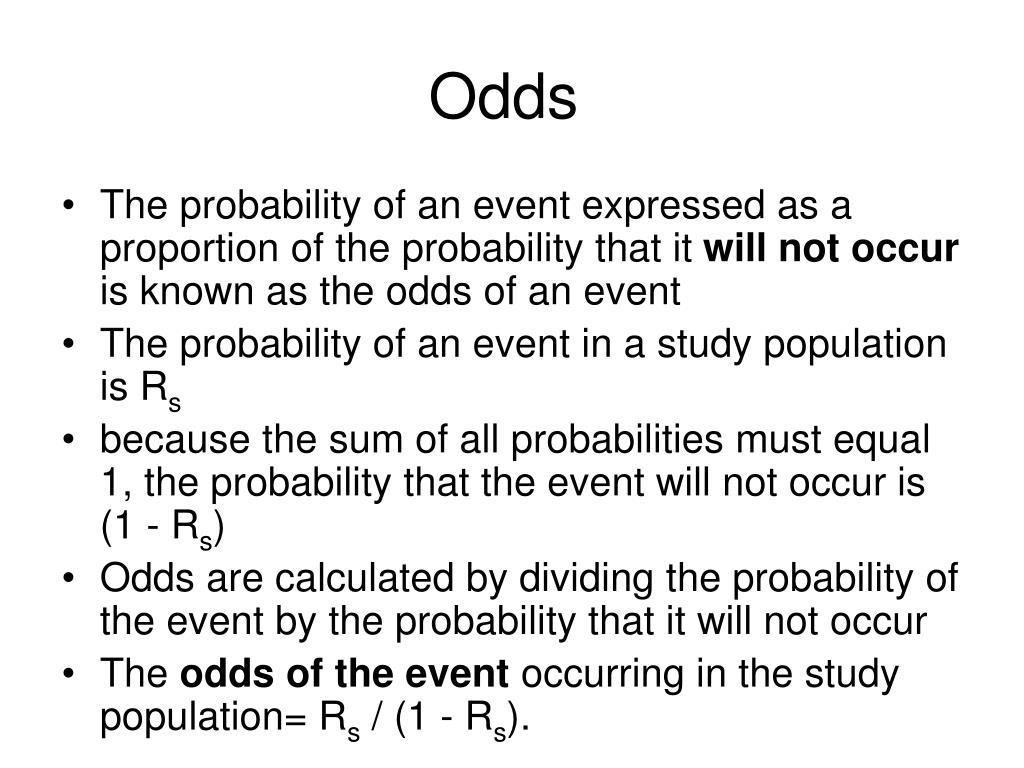
This is not quite the same as “accepting” the null hypothesis, because hypothesis testing can only tell you whether to reject the null hypothesis. However, this is a false positive conclusion, because the null hypothesis is actually true in this case!Ī Type II error means not rejecting the null hypothesis when it’s actually false. If your results fall in the critical region of this curve, they are considered statistically significant and the null hypothesis is rejected. It’s also called a critical region in statistics. The null hypothesis distribution curve below shows the probabilities of obtaining all possible results if the study were repeated with new samples and the null hypothesis were true in the population.Īt the tail end, the shaded area represents alpha. To reduce the Type I error probability, you can simply set a lower significance level. Therefore, there is still a risk of making a Type I error. However, the p value means that there is a 3.5% chance of your results occurring if the null hypothesis is true. 05, so you consider your results statistically significant and reject the null hypothesis. This p value is lower than your alpha of. Example: Statistical significance and Type I errorIn your clinical study, you compare the symptoms of patients who received the new drug intervention or a control treatment. If your p value is higher than the significance level, then your results are considered statistically non-significant. If the p value of your test is lower than the significance level, it means your results are statistically significant and consistent with the alternative hypothesis. This means that your results only have a 5% chance of occurring, or less, if the null hypothesis is actually true. The significance level is usually set at 0.05 or 5%. That’s a value that you set at the beginning of your study to assess the statistical probability of obtaining your results ( p value). The risk of committing this error is the significance level (alpha or α) you choose. It means concluding that results are statistically significant when, in reality, they came about purely by chance or because of unrelated factors. Your study may have missed key indicators of improvements or attributed any improvements to other factors instead.Ī Type I error means rejecting the null hypothesis when it’s actually true. These improvements could have arisen from other random factors or measurement errors.Ī Type II error happens when you get false negative results: you conclude that the drug intervention didn’t improve symptoms when it actually did. But sometimes, this may be a Type II error.Įxample: Type I and Type II errorsA Type I error happens when you get false positive results: you conclude that the drug intervention improved symptoms when it actually didn’t. Therefore, you fail to reject your null hypothesis.

If your results show statistical significance, that means they are very unlikely to occur if the null hypothesis is true.Since these decisions are based on probabilities, there is always a risk of making the wrong conclusion. Then, you decide whether the null hypothesis can be rejected based on your data and the results of a statistical test. The alternative hypothesis (H 1) is that the drug is effective for alleviating symptoms of the disease.The null hypothesis (H 0) is that the new drug has no effect on symptoms of the disease.Example: Null and alternative hypothesisYou test whether a new drug intervention can alleviate symptoms of an autoimmune disease. It’s always paired with an alternative hypothesis, which is your research prediction of an actual difference between groups or a true relationship between variables. Hypothesis testing starts with the assumption of no difference between groups or no relationship between variables in the population-this is the null hypothesis. Using hypothesis testing, you can make decisions about whether your data support or refute your research predictions with null and alternative hypotheses.

Frequently asked questions about Type I and II errors.Trade-off between Type I and Type II errors.


 0 kommentar(er)
0 kommentar(er)
